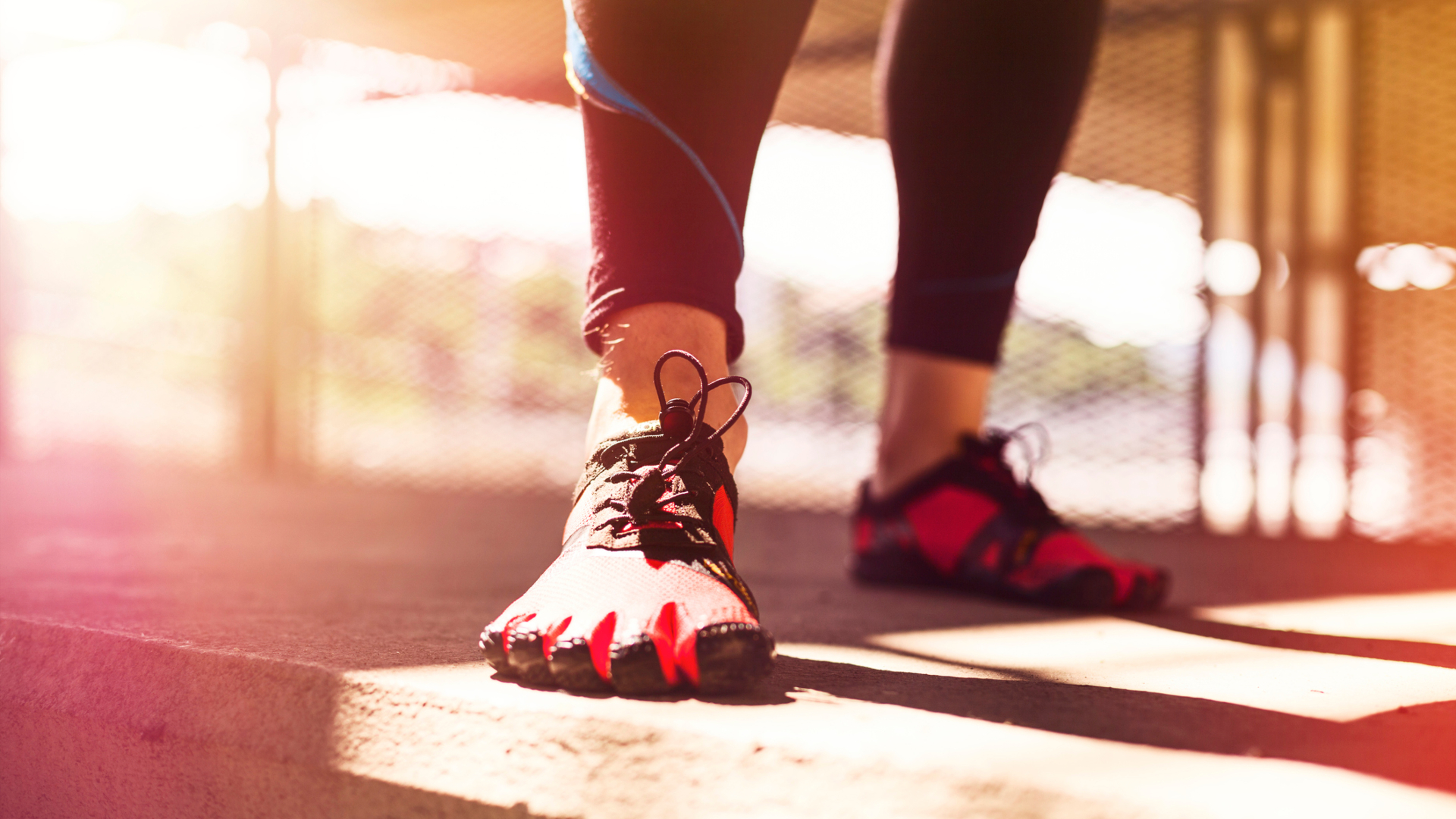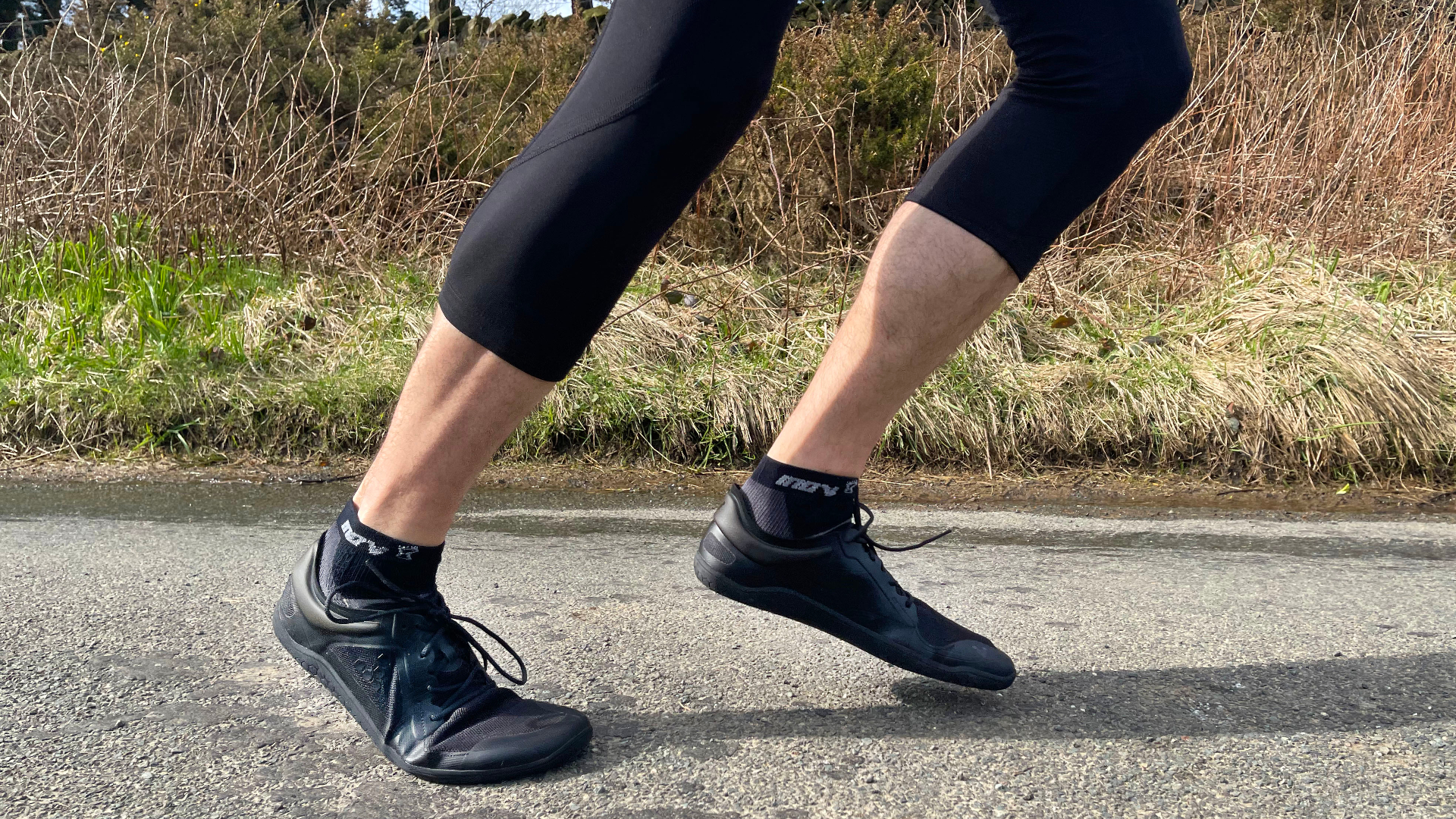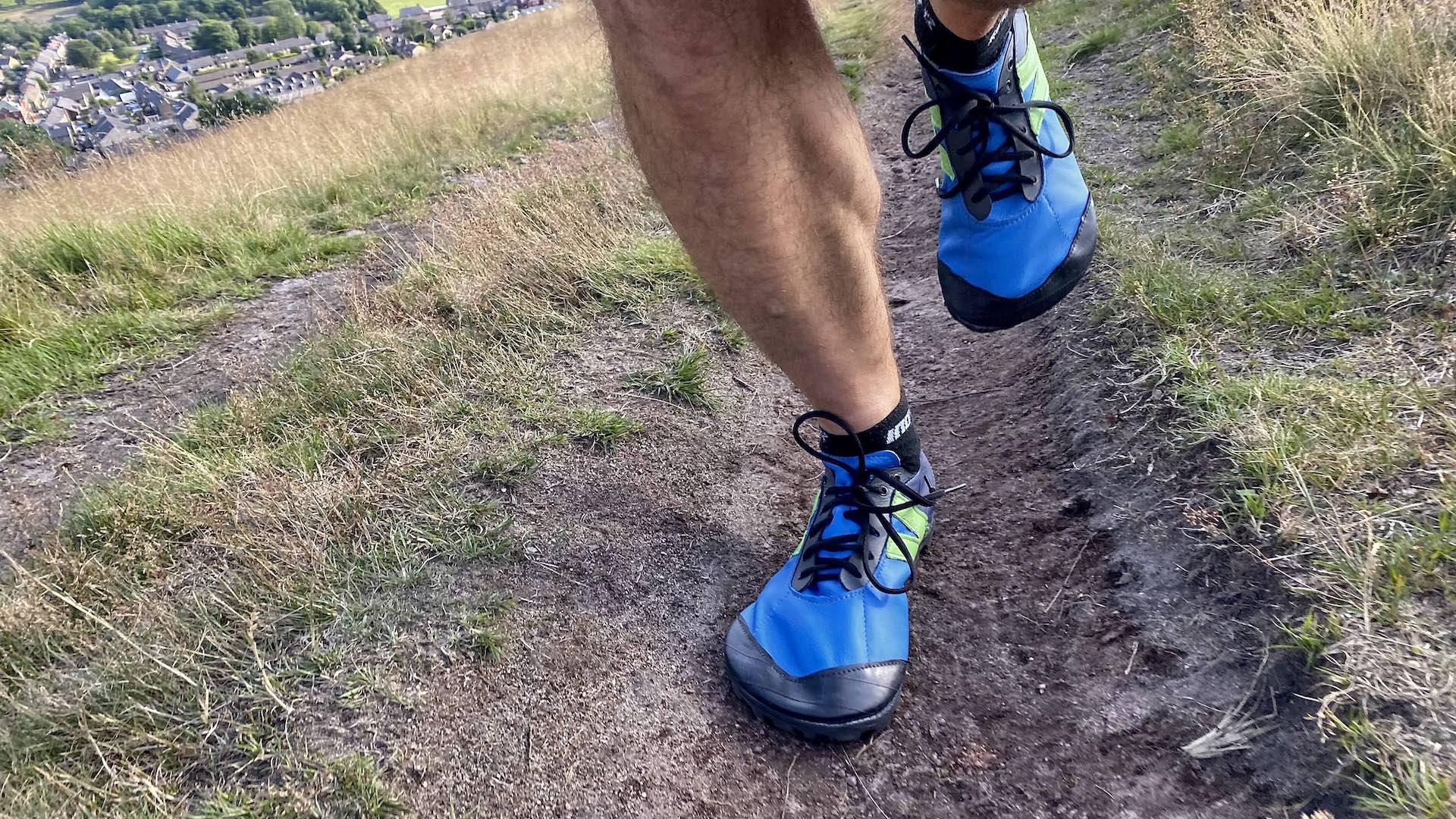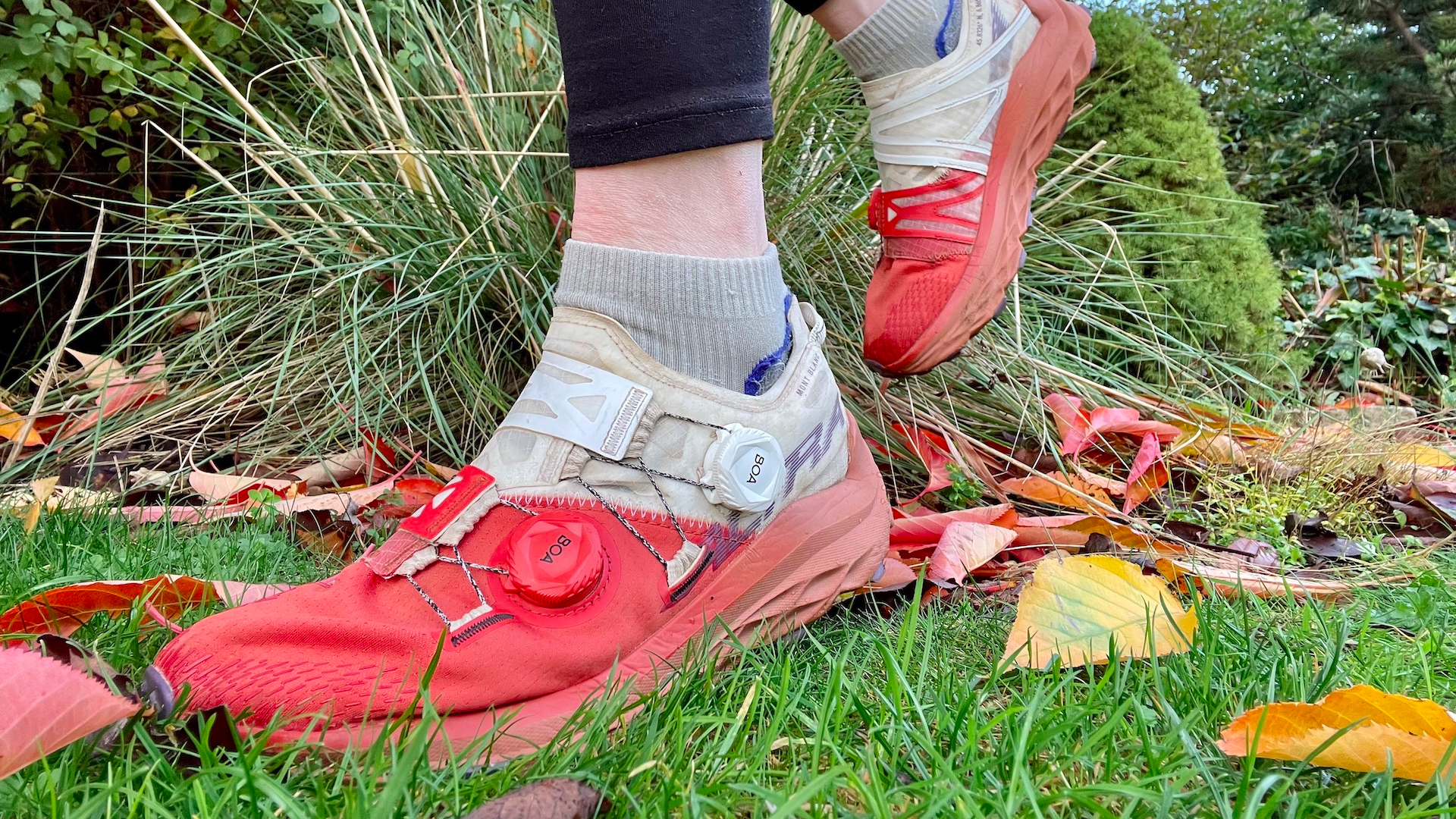Here's the difference between barefoot and zero drop running shoes
Barefoot running shoes and zero drop shoes are often considered the same thing, but the two types of shoes can be wildly different

Whether you’re curious about barefoot running for a more natural trail experience, or you’re a rare toe striker in search of shoes that better support your running style, you’re going to see the terms ‘barefoot running shoes’ and ‘zero drop shoes’ used a lot. In fact, you’ll often discover that the two terms are used interchangeably, while the shoes within these categories seem to span an enormous spectrum, from ultra-minimalist running sandals like the Xero Shoes Genesis to the comparatively beefy-looking Merrell Bare Access XTR.
So is there really no difference between barefoot running shoes vs zero drop shoes, or do your eyes deceive you? We’re here to explain the differences, where the two overlap, and help you choose the right shoe for your next speedy adventure.

What is ‘drop’ in running shoes?
Drop in running shoes measures the distance in height between the heel and the forefoot. Drop is measured in millimeters, and shoes come with different drops to account for different running strides as well as differences in intended terrain.
If you’re standing barefoot on level ground, your heel and forefoot are at equal height, so in this case the drop is zero. If you’re wearing running shoes and the heel is 22mm above the ground while the front sits at 10mm, you have a pretty standard 12mm drop from heel to toe.
To learn more about why drop is important and how to choose the right drop for your running style, read our article on drop in running shoes.

What are barefoot running shoes?
If the phrase ‘barefoot running shoes’ sounds like a contradiction in terms, well, that’s because it is. When you’re wearing barefoot running shoes, you’re obviously not actually running barefoot, but barefoot running shoes mimic barefoot running as closely as possible. By definition, they have no cushioning underfoot, just a thin sole that can be as marginal as just 3mm and you’ll feel just about every rock and root underfoot, though not quite as painfully as you would in a regular pair of trail running shoes.
In addition to being very thin, the sole is extremely flexible, allowing your toes to flex like they would if you were running barefoot. Meanwhile, the shoe itself is usually wider than the average shoe, avoiding any constriction and permitting your toes the freedom to spread which is thought to help you utilize your foot muscles better. The uppers of a barefoot running shoe should be made using a light, breathable mesh and some styles, such as the Vibram FiveFingers V-Trail 2.0, feature little individual pouches for each toe. Cute. Finally, one common feature of all barefoot running shoes is that they are always zero drop.
All the latest inspiration, tips and guides to help you plan your next Advnture!

What’s the difference between barefoot and zero drop shoes?
So if all barefoot running shoes are zero drop shoes, doesn’t that mean the two are the same? Well, no, not exactly.
The thing is, drop just refers to the difference between the height of the heel versus the sole of your shoe. If you’re wearing a pair of the VivoBarefoot Primus Lite III shoes, you’ll have 4mm of padding under your heel as well as your forefoot. This is true for all barefoot shoes.
There are, however, running shoes out there that are zero drop but are definitely not considered barefoot shoes. Take the Altra Superior 4.5, for example, a zero drop shoe which has a fairly substantial stack height of 21mm from heel to toe, or the positively plush Altra Mont Blanc BOAs, which have a 30mm stack but zero drop. With that much cushioning underfoot, you're not likely to get much trail feel at all.
Basically, all barefoot running shoes are zero drop running shoes, but not all zero drop running shoes are barefoot – they can have plenty of cushioning, a narrower fit and lots of protection in the uppers.

Confusing matters slightly is another term, ‘minimalist running shoes,’ which most people accept refers to shoes that are in between traditional shoes and barefoot shoes, such as the Adidas Terrex Speed Pro SG. Some people do use the term minimalist as a synonym for barefoot shoes, but beware that there can be differences. No one is trying to deliberately mislead you, it’s just that running shoes are evolving at Usain Bolt-speed these days, so the best thing to do is examine shoes to find out what the drop, stack and cushioning is like to determine for yourself what category they fall into.
One final piece of advice here is that, if you’re planning to go from regular shoes to barefoot running, it’s a good idea to ease in, starting with a low drop shoe and then maybe using a pair of high or medium stack/zero drop shoes first to allow your achilles tendon time to adapt before you remove the cushioning altogether.
Julia Clarke is a staff writer for Advnture.com and the author of the book Restorative Yoga for Beginners. She loves to explore mountains on foot, bike, skis and belay and then recover on the the yoga mat. Julia graduated with a degree in journalism in 2004 and spent eight years working as a radio presenter in Kansas City, Vermont, Boston and New York City before discovering the joys of the Rocky Mountains. She then detoured west to Colorado and enjoyed 11 years teaching yoga in Vail before returning to her hometown of Glasgow, Scotland in 2020 to focus on family and writing.

